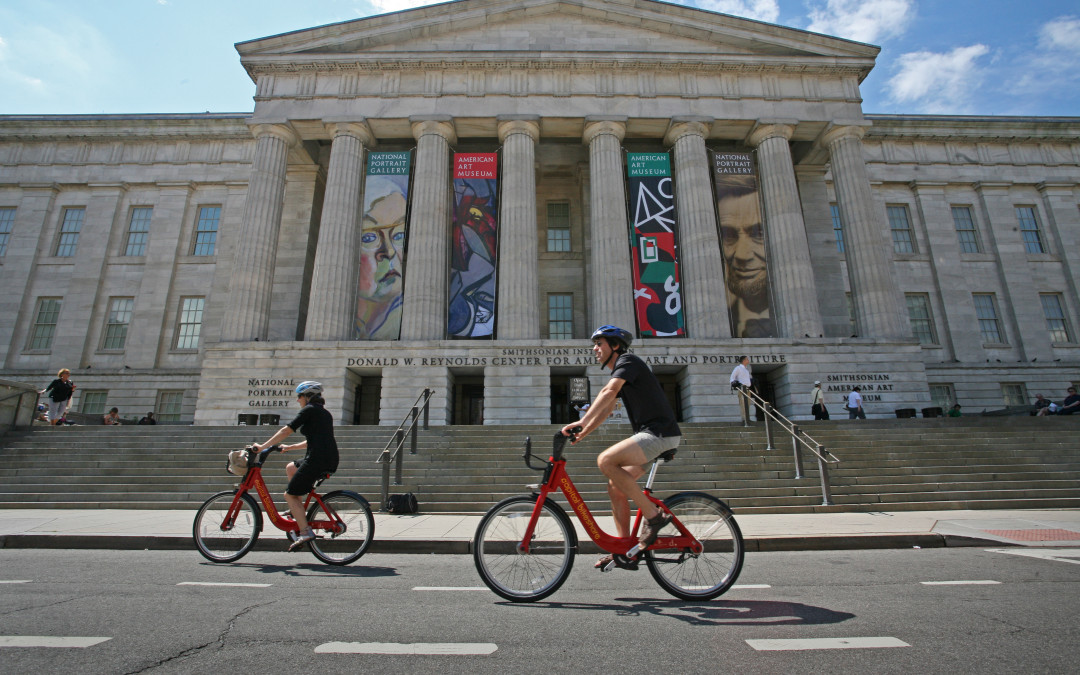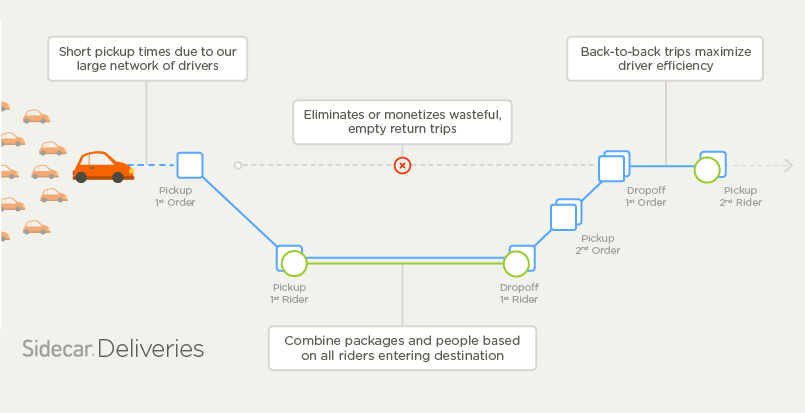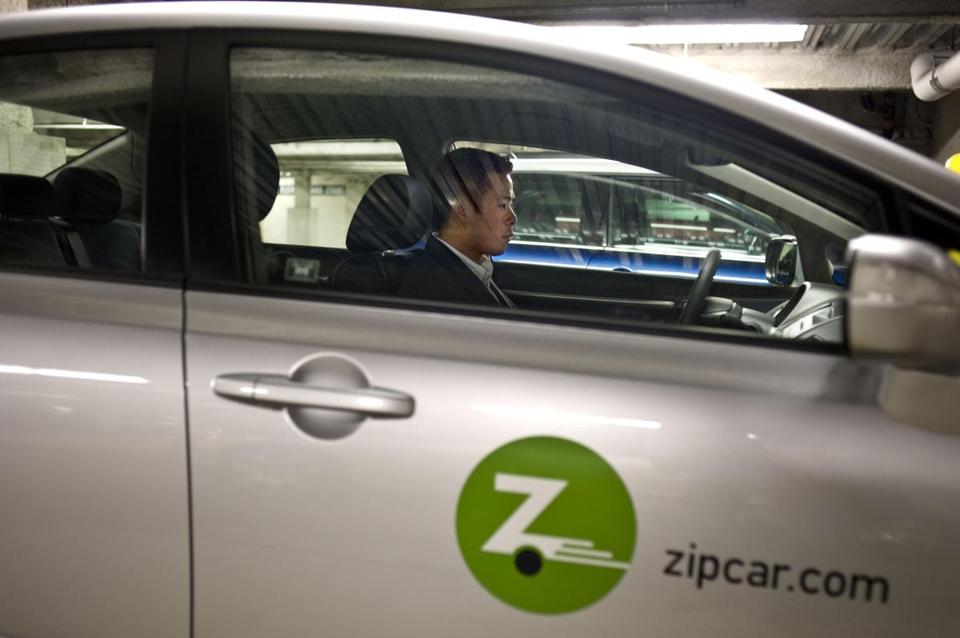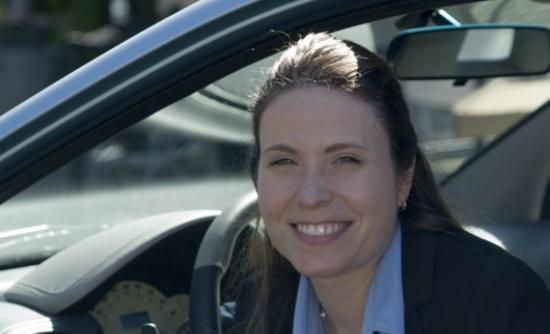
by mattchristensen00 | Feb 20, 2015 |
This workshop was sponsored by the Emerging and Innovative Public Transport and Technologies Committee (AP020); Shared-Use Mobility and Public Transit Subcommittee (AP020(1)); Emerging Ridesharing Solutions Joint Subcommittee (AP020(2)); Automated Transit Systems (AP040) Committee of the Transportation Research Board of the National Academies — Prepared by Susan Shaheen, PhD and Matthew Christensen, Transportation Sustainability Research Center, University of California, Berkeley On Sunday, January 11, 2015, Professor Susan Shaheen from the University of California, Berkeley and Jeffrey Chernick from RideAmigos led a one-day workshop on the present and future of shared-use mobility at the Transportation Research Board annual meeting in Washington, DC. The workshop featured speakers representing the various shared-use modes, other private sector representatives, and public sector officials, and many topics were discussed. Some of the highlights included: the role of integrated mobile payment; the need to integrate shared ride services with paratransit to increase its benefits; and autonomous vehicle technologies in the future of shared-use mobility. Public-private partnerships are critical to the future of transportation, and collaboration among different groups will be key to the development of effective mobility systems. In the opening session, Highlights from the Innovation in Mobility Public Policy Summit (IMPPS), Jason Pavluchuk from Pavluchuk & Associates recapped the key points from the IMPPS that was held in June 2014 in Washington, DC. More than 250 people attended the summit, which focused primarily on federal and local policy, and industry innovation. It was noted that while innovation moves more quickly than policy, some cities are beginning to develop frameworks to better manage innovation. On a national scale, Pavluchuk described that federal policy and capital programs have not...

by Jaelen Loche | Feb 9, 2015 |
By Sunil Paul If you’ve taken a ride in San Francisco lately, there’s a good chance there was a passenger in the trunk — a package! For the past six months, we’ve been working with leading companies in e-commerce, hot food, flowers and groceries to provide same-day delivery of thousands of packages. By combining people and packages, Sidecar offers companies same-day delivery at prices that are 80% cheaper than traditional services, and cuts delivery times in half. We’re seeing explosive growth with same-day delivery already representing 10% of our ride volume in San Francisco. Today, we’re excited to announce we’re expanding our same-day delivery service nationwide. Same-day delivery will represent half of our business by the end of 2015. Our vision is that one day any business will be able to take an order and get it to the customer in an hour, and Sidecar will be the service that powers this capability. Why people + packages is a game changer We’ve figured out the fastest and lowest cost same-day delivery approach and it’s a win for e-commerce companies, drivers and riders. Sidecar Deliveries makes the cost of same-day delivery dramatically cheaper for companies who integrate with our API — up to 1/5 the price of traditional shippers and cuts the delivery time in half. This unique combination of people and packages makes shipping so affordable, same-day delivery is now accessible for large and small businesses alike. Sidecar Deliveries is also a big win for drivers because their time is better utilized and they are busier for longer periods of time. During our test period, Sidecar drivers earned 75%...

by Jaelen Loche | Feb 4, 2015 |
By Laurent Barelier Integrating shared-use mobilities with government-owned public transit services is regarded as a notable opportunity and challenge in urban transportation. Such integration will help in solving the first-and-last mile problem, creating a valuable synergy between public transportation and shared-use mobility services. Shared-used mobilities often complement and sometimes compete with public transportation. Bikesharing systems, for example,provide opportunities to complete first-and-last mile connections to public transit networks. That was not possible before. It is a complex situation: shifts away from public transit are most prominent in core urban environments with high population density and transit vehicles often over-crowded at peak periods. Shifts toward public transit in response to bikesharing appear most prevalent in lower density regions on the urban periphery and in less dense regions…* To read the full article, click...

by mattchristensen00 | Feb 3, 2015 |
By John Chesto If you thought parking in Boston was tough now, just wait a few months. The city of Boston is launching a pilot program that could essentially gobble up at least 200 public parking spaces as part of an effort to promote car-sharing and provide more travel options for residents. Companies will bid for the right to park two types of cars in city-owned spaces. Traditional car-sharing services such as Zipcar could bid for specific on-street and municipal lot spaces, where cars would park when not in use. But separately, the program would allow users of so-called free-floating car services — which let drivers pick up and drop off cars in any legal spot — to park in residential spaces and at meters without worrying about getting a ticket or requiring a neighborhood sticker. In Boston — where fighting for a parking spot can turn into a full-contact sport — this approach is sure to raise some eyebrows. Evelyn Addante, a retired transportation planner who lives in Charlestown, said the program will put more cars on the street, without necessarily prompting people to shed their cars. “It’s almost counterintuitive to say this is going to work,” she said. To read the full article, click here....

by Jaelen Loche | Feb 2, 2015 |
By Sachin Shenolikar There is no speed limit to the pace of change in ride sharing and ride sourcing. Companies such as Uber and Lyft made this activity a national phenomenon, but smaller businesses are also transforming the ecosystem with new ideas for getting around cities. To make matters even more complicated, grassroots movements such as casual carpooling now allow commuters to take even greater control of their trips. Can safety regulations and laws keep up? This is a major challenge in the years ahead. Real Business spoke with Susan Shaheen of the University of California-Berkeley Transportation Sustainability Research Center about what to expect in the near future. To read the full article, click...






